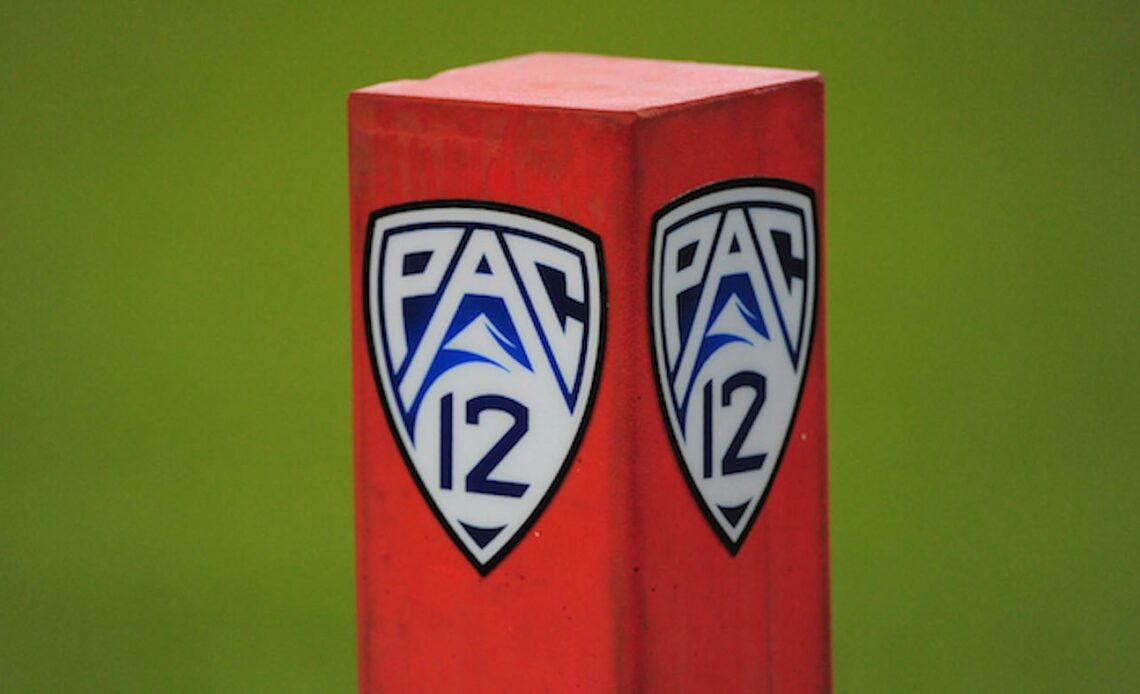Those hung up on the value of media rights deals at this point aren’t asking the right questions. Whether the Pac-12 makes more than the Big 12 isn’t the issue. It has become less about money and more about visibility.
The advantage of the Big 12 jumping the line to sign a new media rights deal with ESPN and Fox last month at least secures the conference’s future: It will continue to be shown on linear television. The money is the money, an average of $31.66 million per school beginning in 2025 with an all-in figure of about $50 million per school annually when the College Football Playoff expands.
The Pac-12 is expected to finalize a deal in principle by the beginning of 2023, two industry sources told CBS Sports. One source said the league had sent out a “robust” proposal to ESPN and Amazon.
If a deal with ESPN and a streaming giant like Amazon is reached, the Pac-12 would likely be able to command a sum approximate to the Big 12’s base figure. (The Pac-12’s all-in total — including the CFP, bowl games and NCAA Tournament payouts — wouldn’t be as large, mostly because the value of Pac-12 basketball pales in comparison to that of the Big 12.)
By cutting in line, the Big 12 also gets access to broadcast windows already choked with premium Big Ten and SEC content. Those two giants already will be dominating the day with Big Noon (Fox), the valuable 3:30 window (SEC) and Big Ten Saturday Night (NBC). USC and UCLA will also be playing Big Ten games in the late-night fourth window.
Rather, the biggest question for the Pac-12 remains: Who will see its games? For the first time, a Power Five conference would be showing significant content on a stand-alone streaming service without a TV affiliation. It’s possible that caused strong push back from inside his conference when Big Ten commissioner Kevin Warren kept advocating for adding California, Oregon, Stanford and Washington in expansion.
Not only are those schools not worth the $75 million per year Big Ten schools got in their new media rights deal, the likes of Purdue, Minnesota and Indiana pushed back against further expansion. They didn’t want some of their games relegated to a still-emerging streaming platform. (The Big Ten negotiated with Amazon while weighing its options, but a sizable bid was turned down, according to SportsBusiness Journal.)
For the moment, Amazon has let it be known it is only doing business…
Click Here to Read the Full Original Article at CBSSports.com Headlines…

